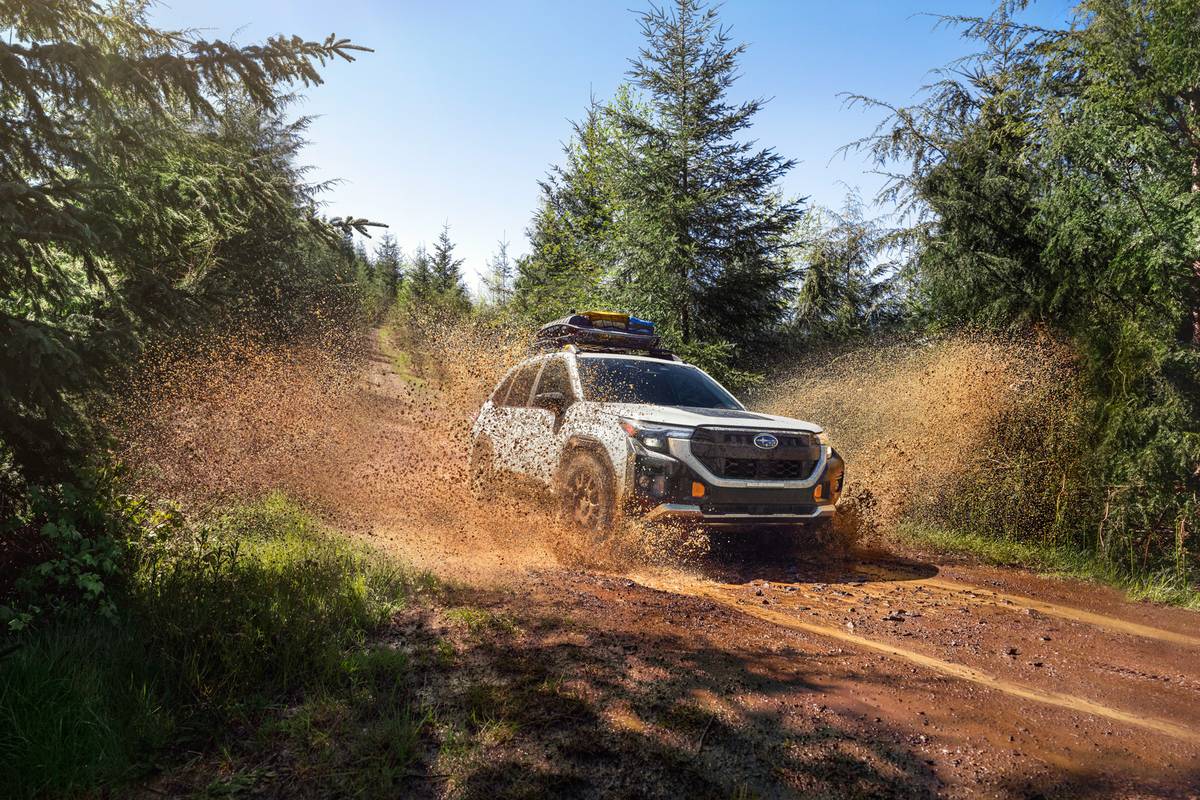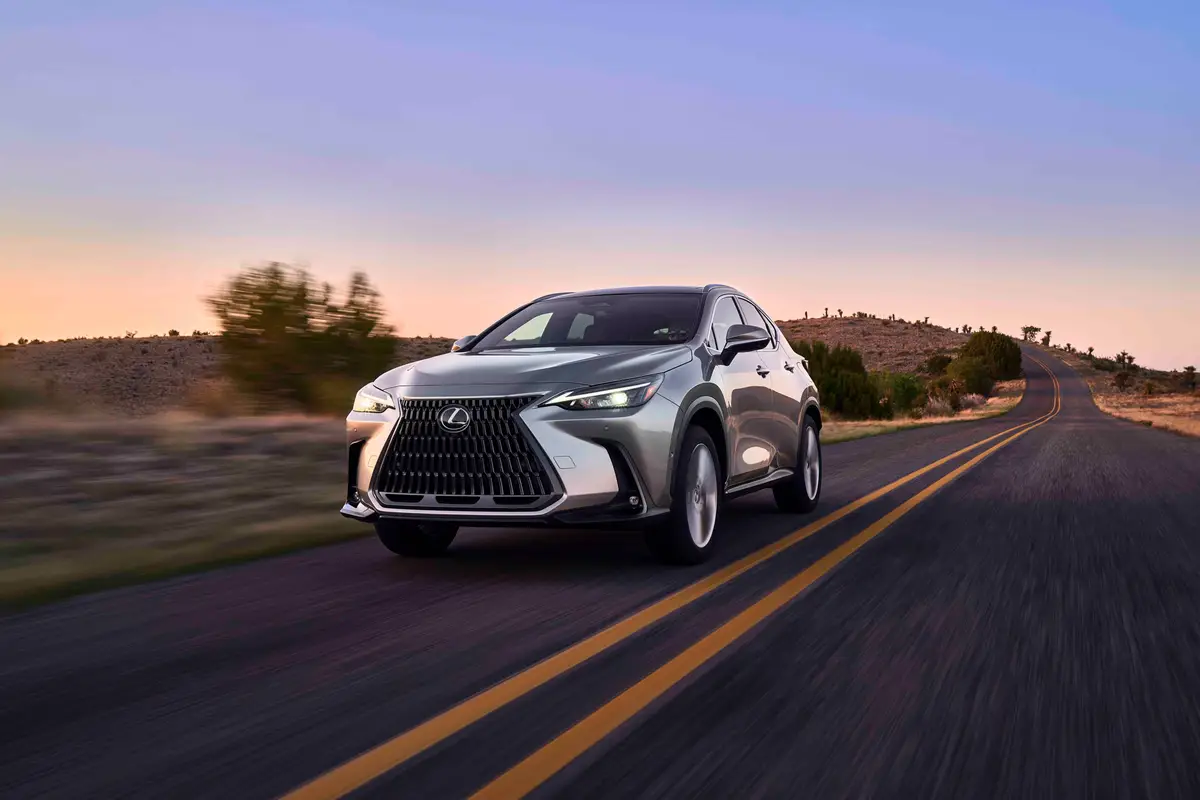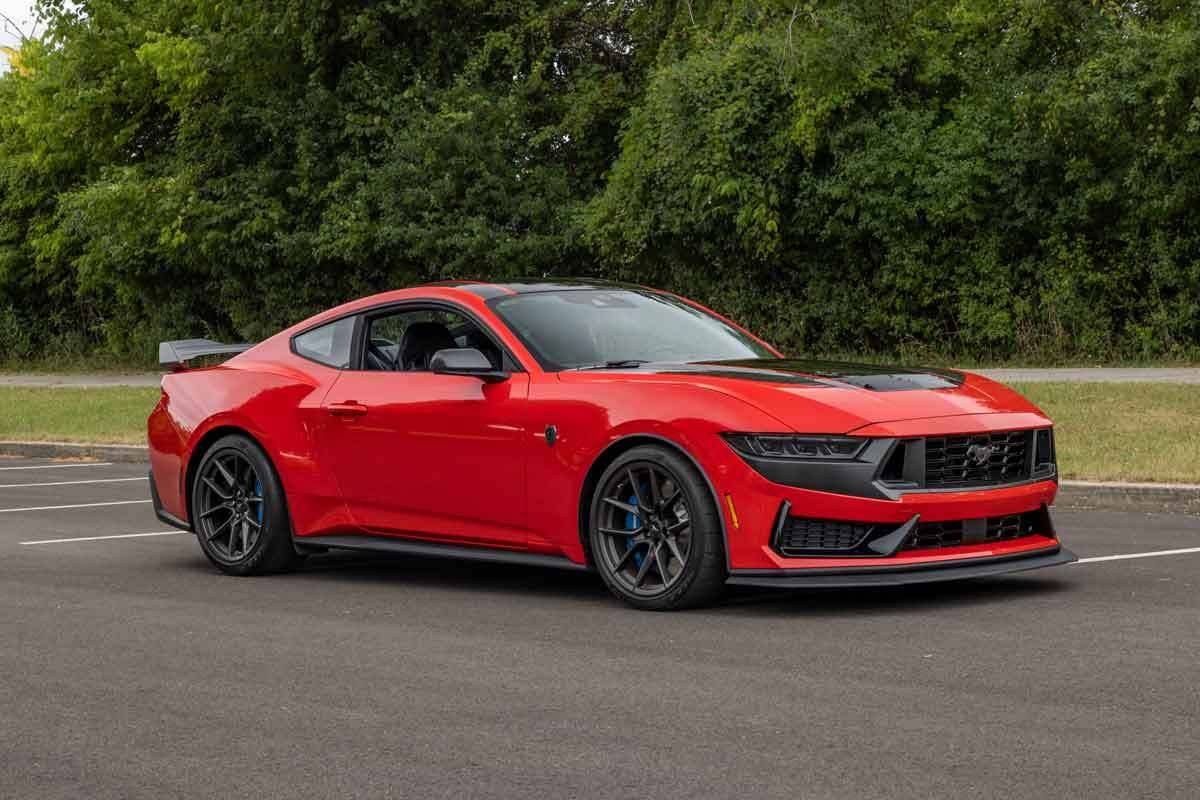chicagotribune.com's view
Lanos, Nubira, Leganza.
Sounds like the Bulls’ first three draft picks this year.
Or the trio that will take over the linebacking chores for the Bears.
Lanos, Nubira and Leganza are, in fact, the newest offerings from the newest kid coming to town, Daewoo. Just what this world needs–another Korean automaker at a time when Kia is operating under bankruptcy protection and Hyundai is contemplating buying Kia–and its multibillion-dollar debt. All this while Asian currencies are being used to clean windshields.
Yet, Daewoo has something going for it: It’s the South Korean that General Motors is interested in luring into the fold. The fact that GM didn’t go after Kia and Hyundai speaks well of Daewoo. The fact that GM may send money and technology Daewoo’s way doesn’t hurt, either.
In the 1980s and ’90s, GM and Daewoo had a partnership that produced the Pontiac LeMans, an ugly little mini that between the 1987 and 1993 model years gave the automaker a high-mileage car when gas prices were skittish. GM was reacting to Ford bringing over the mini Fiesta from Europe and boasting of a car that would run all week on a teaspoon of fuel.
Though that GM/Daewoo partnership dissolved, the automakers signed a memorandum of understanding in February to enter into a new business relationship.
Discussions are ongoing and neither side will say what the intended outcome is–Daewoo building cars for GM, if not in Korea, maybe in Mexico, or Daewoo building cars for GM for Third World markets or Daewoo building and supplying parts for GM for vehicles to be sold in the U.S. or Third World markets.
Daewoo is preparing to make another attempt at selling its cars in the U.S., this time with its own nameplate. This month it is supposed to open dealerships in 14 U.S. markets, including Chicago. Stores are planned in Hoffman Estates and Arlington Heights, with the latter eventually becoming a training center and sales moving to a planned third store in Naperville.
Daewoo has a novel idea: college students will be marketing reps in the 14 markets selling the cars, trying to persuade youth to go South Korean.
Also unique is the way Daewoo intends to sell its cars. The stores will be company-owned (not franchised) new-car dealers peddling the hardware for the factory.
Those 14 company-owned stores will provide their own service and take care of warranty work, but Daewoo is also inking a pact with a national chain to provide service and warranty work for consumers who don’t live near those dealerships. What chain? Daewoo won’t say right now.
Roadside assistance will be offered through Cross Country Automotive Services.
Before the Daewoo intros, we tested the trio of strange-sounding, but rather pleasant-acting front-wheel-drive vehicles. Here’s a summary:
Lanos (means “pleasure”): If it weren’t for the vertical chrome Infiniti -like grille, you’d have a difficult time telling this car from a Toyota Corolla.
But, Lanos’ 1.6-liter, 105-horsepower, 4-cylinder engine is a tad noisier than any Toyota 4-cylinder when moving off the line. Though only 105 h.p. we had no complaints about power when leaving the light.
We slipped behind the wheel with a preconceived notion that Lanos would be a ’98 version of the LeMans, meaning no-frills transportation. The only similarity between Lanos and LeMans is stiff seats with small side bolsters that don’t offer a lot of lateral support.
It differs from LeMans in that it is attractive on the outside (thick bodyside moldings offer good body-panel protection) and very roomy and well appointed on the inside.
Also, we were able to slip into the back seat and find sufficient room for two adults. Those two adults better have shorter than normal legs and be prepared to sit with torso reclined so as not to knock the noggin on the rear win dow glass, but it was a chore that can be done.
Only problem with the back seat is that the back doors don’t open real wide to allow for easier entry and exit. That can be remedied. The trunk is spacious, and the rear seat backs fold as one or separately for more cargo room. Up front there is ample room.
Another problem with the seats is that the designer apparently overdosed on U.S. fashion magazines. The cloth seats are multi-colored–blue, red, yellow and white–with a variety of novel designs. The rather fashionable bottle blonde who nukes our daily nourishment took one look and said, “Ick.”
An “ick” wouldn’t force Armani to change careers, but in the world of automotive haute couture, it should give pause for second thought.
Lanos is built on a 99-inch wheelbase and is 167 inches long in four-door version, 160 inches in three-door hatchback.
Standard equipment includes power steering, dual air bags, 5-speed manual transmission, four-wheel independent suspension. AM/FM stereo with cassette, central locking doors, power windows, driver-side manual/passenger-side power mirror.
Optional equipment will include anti-lock brakes (on SE and SX), remote keyless entry, 4-speed automatic transmission, cruise control, air conditioning (SE and SX only) and power sunroof (SX only).
No firm prices but the range is $9,000 to $12,000.
Nubira (means “go everywhere”): Looks smaller than the Lanos but is bigger. It’s built on a 101-inch wheelbase and is 167 to 178 inches long depending on whether it’s the four-door sedan, four-door hatchback or station wagon.
We tested the four-door hatchback, which looks like a Lanos with two exceptions–the vertical chrome Infiniti grille is painted black and the rear end deck lid is dramatically reduced.
Power comes from a 2-liter, 128-h.p., dual overhead cam, 4-cylinder engine that’s surprisingly energetic, yet delivers 22 m.p.g. city/30 m.p.g. highway, about the same as the Lanos.
Like with the 1.6, 105-h.p. 4 in Lanos, you’ll experience some groan and growl at initial acceleration, but at cruising speed, cabin noise subsides dramatically, providing you don’t have the windows all the way down because there’s lots of wind noise.
Also, like Lanos, adults fit in the back seat and headroom is abundant, but those rear doors don’t open very wide so entry and exit are a chore.
Nice touches include a cargo cover under the hatchlid that conceals packages very well, folding rear seat backs to increase cargo capacity and a black dot matrix in the windshield to block those sun rays that always lurk behind the mirror.
One nuisance is the crank handles on the driver’s seat–one to adjust the height and angle of the bottom cushion and another to adjust the seat back. Cranks never provide accurate settings and are never pleasant to use.
Standard equipment includes ABS (on CDX, o ptional on SX), power steering, dual air bags, fog lamps, 5-speed manual transmission, four-wheel independent suspension, AM/FM stereo with cassette, folding rear seat back, air conditioning and power locks/mirrors/windows.
Options include 4-speed automatic transmission, power sun roof, compact-disc player, cruise control and remote keyless entry.
Prices, depending on model, will range from $12,000 to $14,000.
Leganza (means “elegant power” in Italian; in Korean, your guess is as good as ours): This is the top-of-the-line Daewoo sedan that, like its stablemates, has that Infiniti grille but otherwise looks like a Honda Accord or Nissan Altima.
It is the biggest of the trio, built on a 105.1-inch wheelbase and 183.9 inches long overall. Cabin room is very spacious.
It is powered by a 2.2-liter, 131-h.p., dual overhead cam, 4-cylinder engine.Ample power, but like its stablemates, the 4-cylinder tends to growl at initial acceleratio n. The 2.2-liter was teamed with a 4-speed automatic. The mileage rating is about 20 m.p.g. city/28 m.p.g. highway.
Standard equipment includes power steering, dual air bags, four-wheel disc brakes with four-wheel ABS, traction control, 5-speed manual transmission, four-wheel independent suspension, 100-watt AM/FM stereo with six-speakers, air conditioning, folding rear seat backs and power locks/windows/mirrors.
Options include power sunroof, cruise control, 4-speed automatic transmission and remote keyless entry. Price range is $15,000 to $20,000.
Latest news



